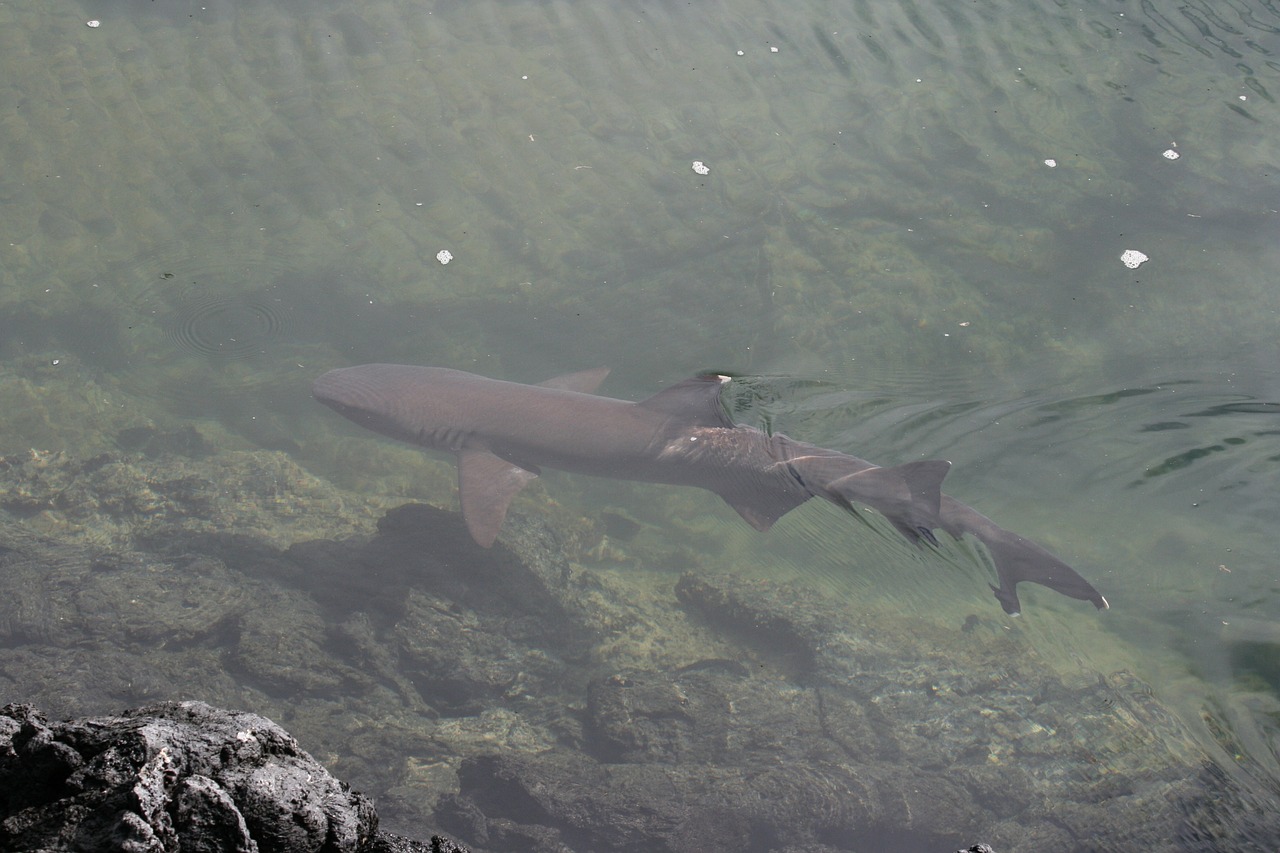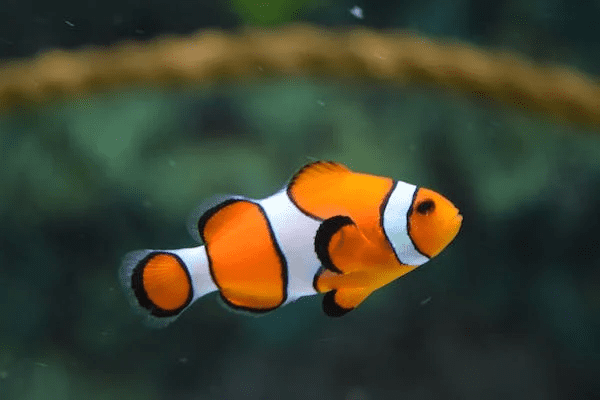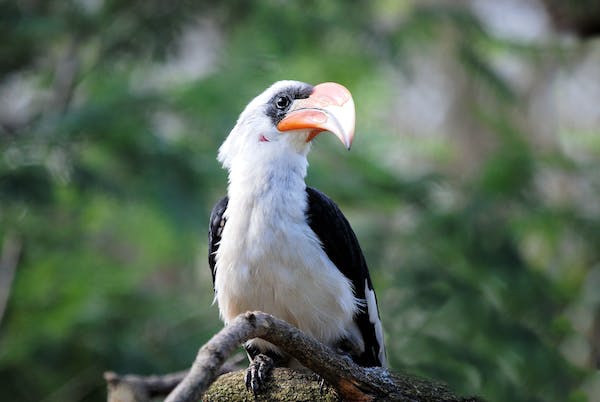Introduction
Welcome to the vibrant underwater world, where elegance meets color in the form of the Blue Ring Angelfish. In our comprehensive guide, we’ll take you on a journey to discover the fascinating aspects of these captivating marine creatures.
From their distinctive appearance to essential care tips, our blog post is your go-to resource for everything blue ring angelfish related.
Blue Ring Angelfish: An Overview
Understanding the Species
Blue ring angelfish (Pomacanthus annularis) are renowned for their striking appearance and distinctive blue rings that encircle their bodies. Native to the Indo-Pacific region, these marine gems are commonly found in coral reefs, adding a splash of color to the underwater landscape.
Physical Characteristics
1. Coloration
Blue ring angelfish showcase a vibrant palette of blue and yellow hues. The vivid blue rings stand out against a contrasting yellow or orange background, creating a visually stunning spectacle.
2. Size
Typically reaching a size of 12 inches (30 cm) in captivity, blue ring angelfish exhibit a graceful and elongated body structure.
3. Distinctive Features
A distinguishing feature of these angelfish is the striking ring pattern on their bodies, which gives them their name. Additionally, they have long, trailing fins that enhance their majestic appearance.
Habitat and Natural Environment
1. Native Regions
Blue ring angelfish are commonly found in the warm waters of the Indo-Pacific, including the Red Sea, Indonesia, Australia, and the Great Barrier Reef.
2. Preferred Habitat
These angelfish thrive in coral-rich environments, preferring areas with ample hiding spots and crevices among the coral formations.
3. Behavior in the Wild
In their natural habitat, blue ring angelfish are known for their inquisitive nature, often exploring the nooks and crannies of coral reefs in search of food.
Setting Up the Perfect Aquarium
1. Tank Size and Setup
When considering keeping blue ring angelfish in captivity, ensure your aquarium is spacious enough to accommodate their active nature. A tank of at least 100 gallons is recommended, providing ample space for swimming and exploring.
2. Water Parameters
Maintain a stable and pristine aquatic environment by monitoring water temperature, pH levels, and salinity. Blue ring angelfish thrive in temperatures ranging from 72 to 78 degrees Fahrenheit (22 to 26 degrees Celsius).
3. Décor and Hiding Spots
Mimic their natural habitat by incorporating live rock structures and coral formations. Create hiding spots to help alleviate stress and provide a sense of security for these beautiful creatures.
Diet and Feeding Habits
1. Varied Diet
Blue ring angelfish are omnivores and thrive on a diverse diet. Include high-quality flakes, pellets, and a mix of frozen or live foods such as brine shrimp, mysis shrimp, and algae.
2. Feeding Frequency
Give your angelfish little meals several times a day. This mimics their natural feeding behavior and ensures they receive the essential nutrients for optimal health.
Breeding Blue Ring Angelfish
1. Pairing Process
Successfully breeding blue ring angelfish involves creating compatible pairs. Introduce a male and female into a well-established tank with suitable hiding spots for the female to deposit her eggs.
2. Egg Care
After the eggs are laid, the male is responsible for looking after and protecting them. Provide a conducive environment for the eggs to hatch, ensuring a steady supply of nutritious foods for the fry.
Challenges in Blue Ring Angelfish Care
1. Disease Prevention
Like any aquarium species, blue ring angelfish are susceptible to Certain Diseases. Regular water changes, quarantine procedures for new additions, and a well-maintained tank can help prevent common health issues.
2. Aggressive Behavior
Blue ring angelfish can exhibit territorial behavior, especially during breeding. Careful observation and proper tank arrangement can help mitigate aggression among tank inhabitants.
The Joy of Keeping Blue Ring Angelfish
Owning blue ring angelfish is not just a hobby; it’s a journey into the mesmerizing world of aquatic beauty. Their vibrant colors, intriguing behavior, and the joy they bring to aquarium enthusiasts make them a prized addition to any marine setup.
The Intricate Patterns of Blue Ring Angelfish
1. Color Morphs:
Blue ring angelfish are known for their distinct color patterns, but did you know that there are variations within the species? Some individuals may exhibit subtle differences in hue, creating unique color morphs. These differences can be influenced by factors such as genetics and environmental conditions.
2. Juvenile vs. Adult Coloring:
Understanding the changes in coloration as blue ring angelfish grow is essential for aquarists. Juveniles often display a different color pattern than adults. The transition from juvenile to adult coloring is a fascinating process to observe, adding an extra layer of intrigue to these already captivating creatures.
Blue Ring Angelfish in Coral Conservation
1. Eco-friendly Aquarium Practices
As responsible aquarium enthusiasts, it’s crucial to consider the impact of our hobby on the environment. Learn about sustainable practices that promote coral conservation.
Supporting organizations dedicated to reef protection and adopting eco-friendly habits can contribute to the well-being of blue ring angelfish in their natural habitats.
2. Coral Compatibility
Explore the symbiotic relationship between blue ring angelfish and coral reefs. These fish often seek refuge and sustenance within the coral formations. Discover how maintaining a healthy coral ecosystem in your aquarium not only benefits the angelfish but also creates a visually stunning and thriving underwater environment.
Beyond Aesthetics: Blue Ring Angelfish Behavior
1. Social Interactions
Dive into the social dynamics of blue ring angelfish within a community tank. While they can display territorial behavior, these fish also engage in social interactions with other species.
Observing their behavior provides insights into the intricate relationships that form in a well-balanced aquatic environment.
2. Intelligence and Enrichment
Explore the intelligence of blue ring angelfish and the importance of mental stimulation in captivity. Enrichment activities, such as the introduction of puzzle feeders or rearranging tank decorations, can contribute to the overall well-being and happiness of these intelligent marine creatures.
Blue Ring Angelfish in Popular Culture
1. Artistic Inspirations
The mesmerizing appearance of blue ring angelfish has inspired artists and creators worldwide. Delve into the world of aquatic art and discover how these fish have become muses for paintings, sculptures, and even digital artwork.
The fusion of science and art brings a new dimension to appreciating these marine wonders.
2. Cultural Symbolism
Explore any cultural symbolism associated with blue ring angelfish. In some societies, these fish may hold special significance or be featured in folklore and mythology. Uncover the stories and meanings behind the presence of blue ring angelfish in various cultural contexts.
Conclusion
In conclusion, the Blue Ring Angelfish is a true gem of the ocean, captivating hobbyists with its stunning appearance and engaging behavior. From understanding their natural habitat to providing optimal care in captivity, this guide has covered it all.
Whether you’re a seasoned aquarium enthusiast or a beginner, the allure of the blue ring angelfish is sure to enhance your aquatic experience. Dive in, explore, and let these majestic creatures add a touch of enchantment to your underwater world.





